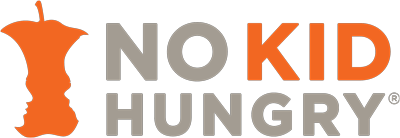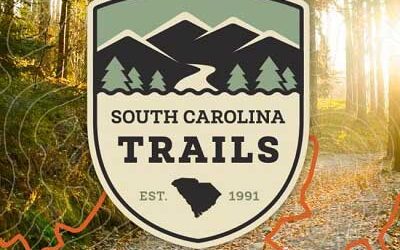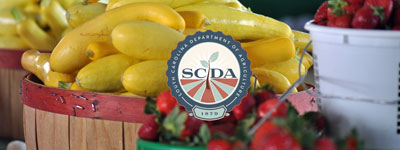No Kid Hungry aims to solve the problems of hunger and poverty through advocacy and community grants. Find facts about hunger and poverty and who has received a No Kid Hungry grant.
Wholespire-funded
Food Research and Action Center
The Food Research & Action Center (FRAC) improves the nutrition, health, and well-being of people struggling against poverty-related hunger in the United States through advocacy, partnerships, and by advancing bold and equitable policy solutions. Access current data, fact sheets, and reports on hunger.
USDA Food and Nutrition Services
Find information and data related to SNAP, WIC, meals for school and childcare, summer nutrition programs and many other programs administered by the USDA that increase access to nutritious food.
County Health Rankings & Roadmaps
Robert Wood Johnson Foundation provides support for the County Health Rankings and Roadmaps program to the University of Wisconsin Population Health Institute. Find data specific to states and counties related to health outcomes and health factors.
South Carolina Trails
SCTrails.net provides detailed information on trails throughout South Carolina. Additional resources and contacts can be found on the website.
South Carolina Farmers Markets & Roadside Markets
Find SC Certified farmers markets, roadside markets, and other great agricultural resources around the state, including contact information for partnerships and media interviews.
County Profiles Dashboard
The SCDHEC website features interactive maps that highlight county-level data related to health and environmental conditions.
SC FitnessGram
SC FitnessGram is a statewide movement to evaluate and improve health-related fitness among public school students in South Carolina. State and local data reports are available.
Division of Nutrition, Physical Activity, and Obesity Prevention
The Division aims to improve access to healthier foods and opportunities for daily physical activity through policy, systems, and environmental approaches. Learn more about their work.







